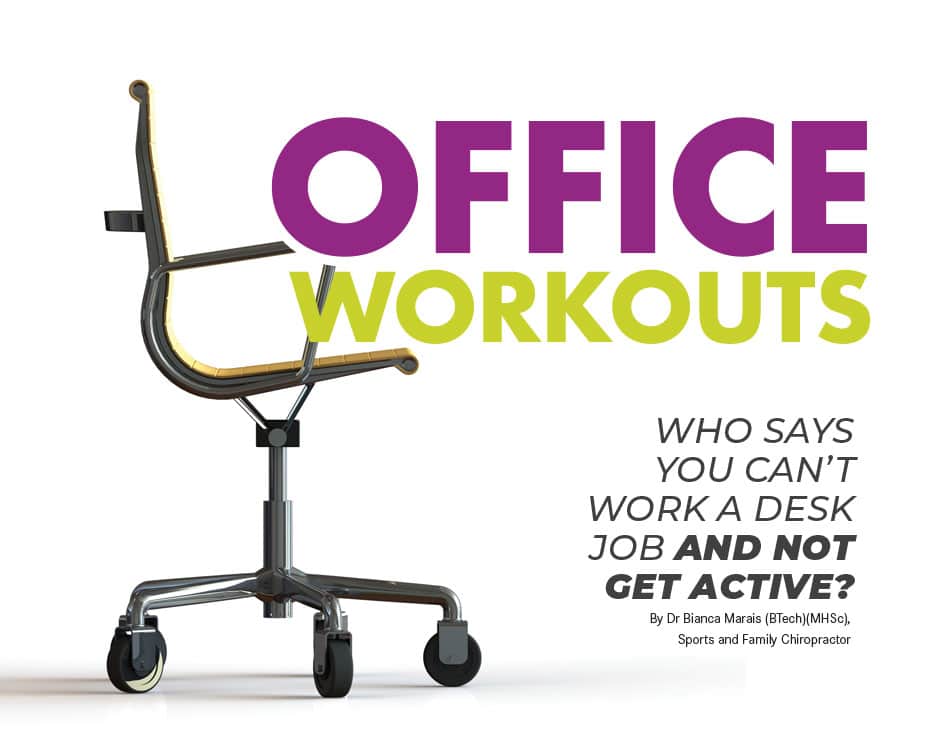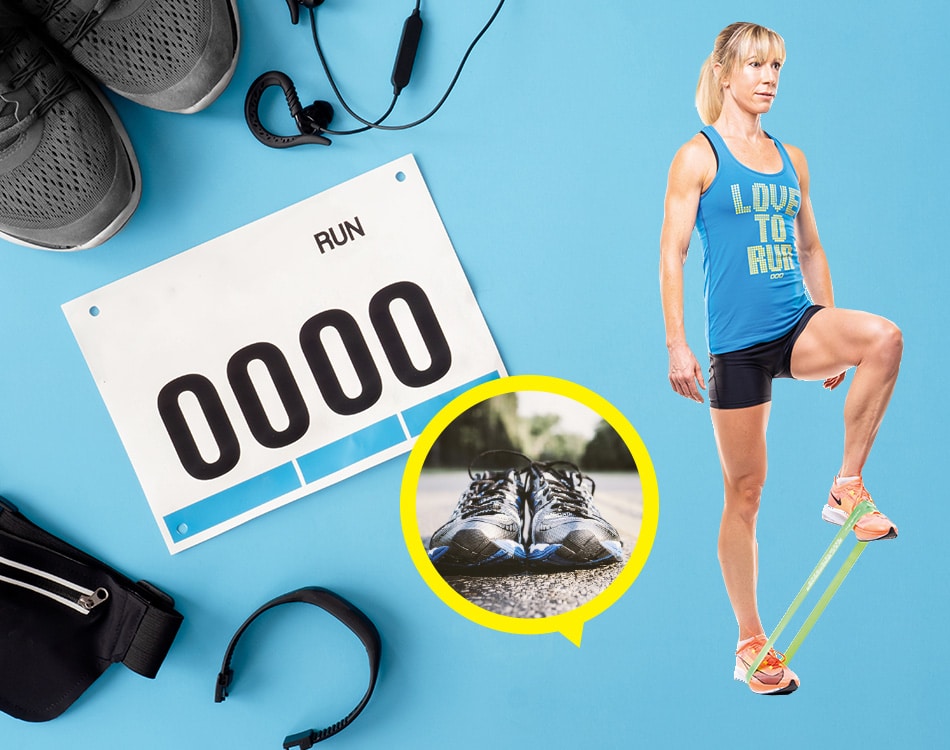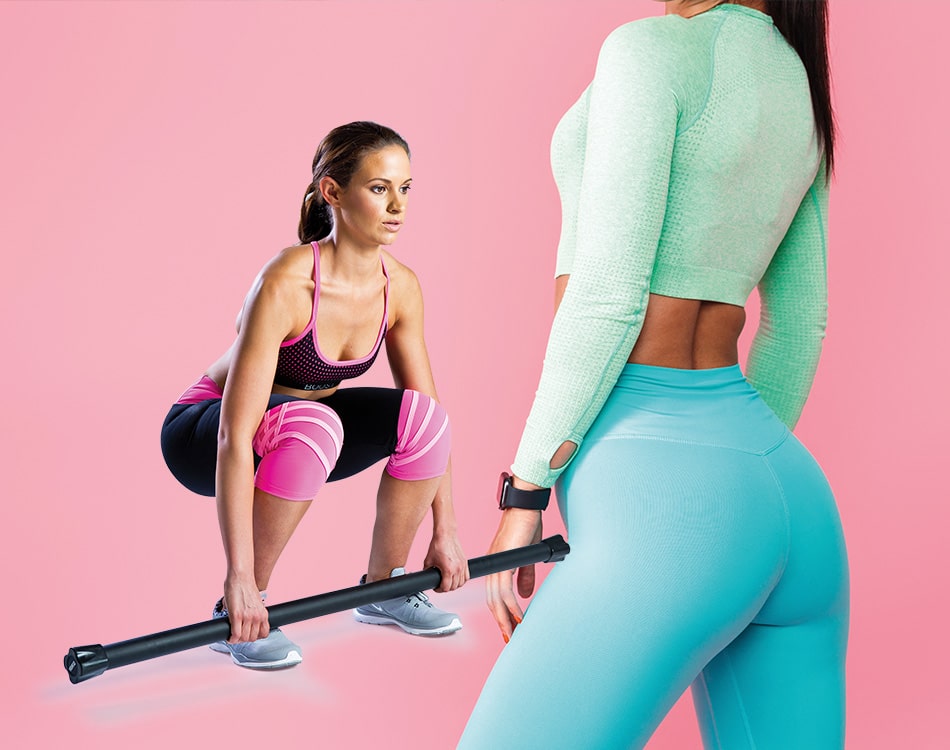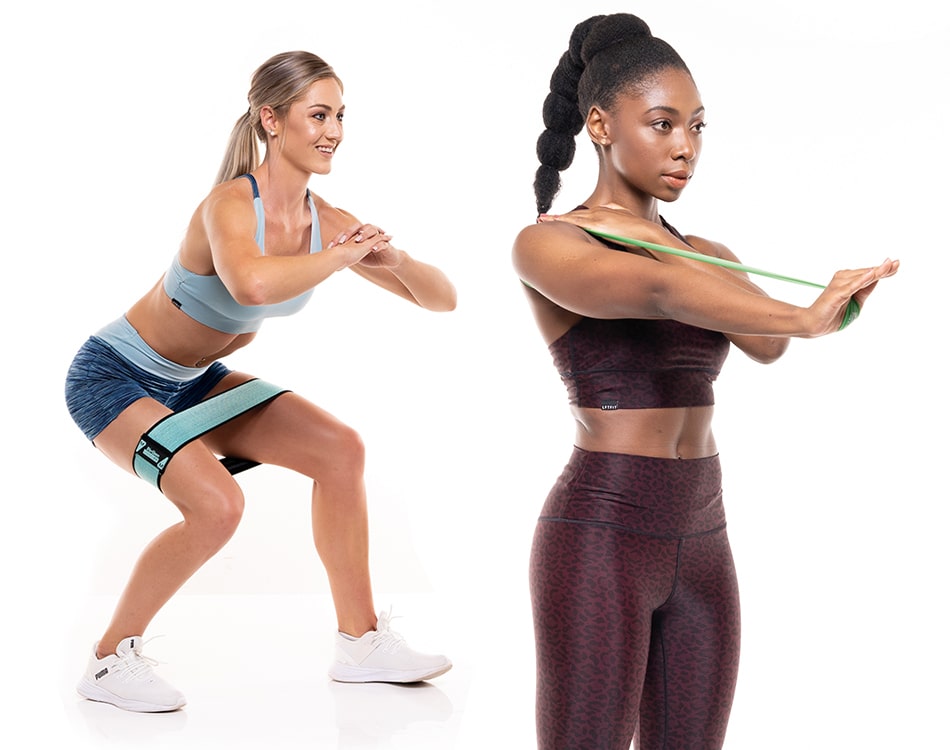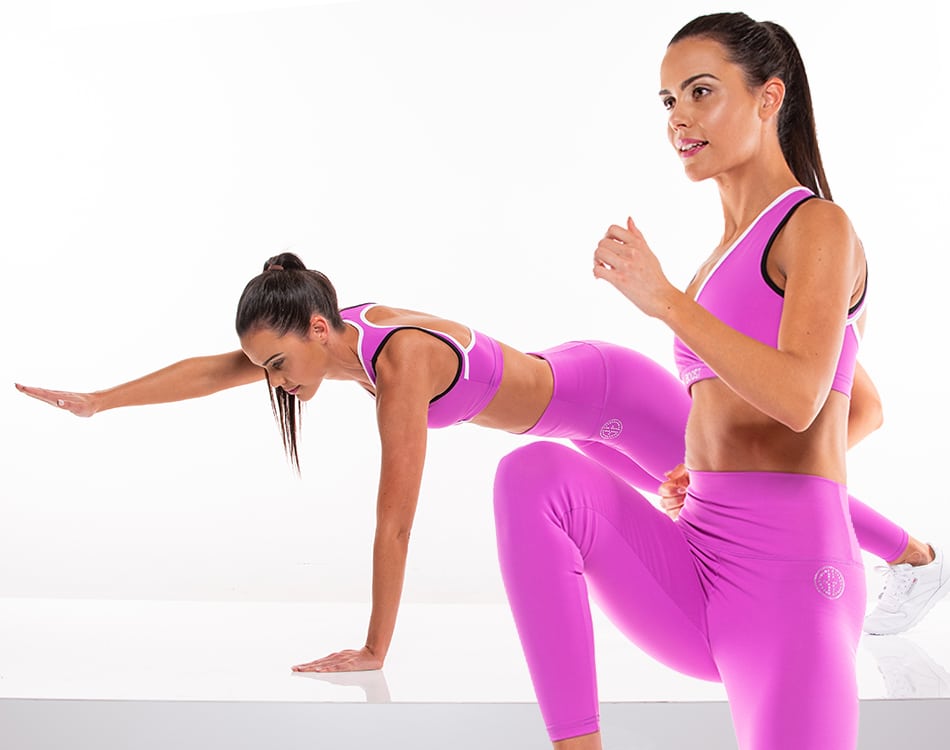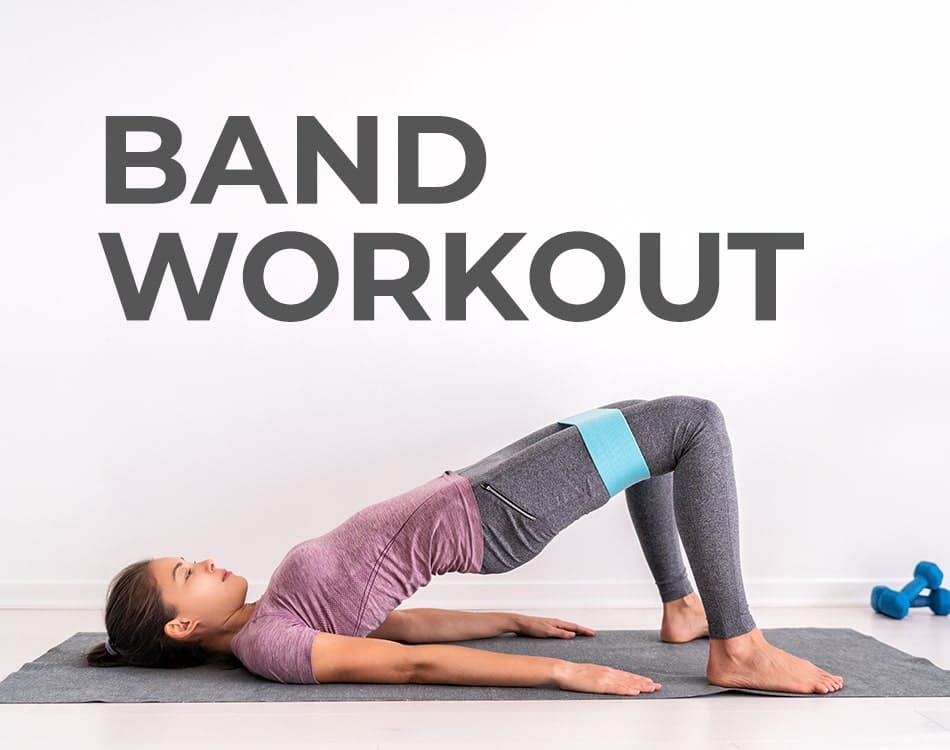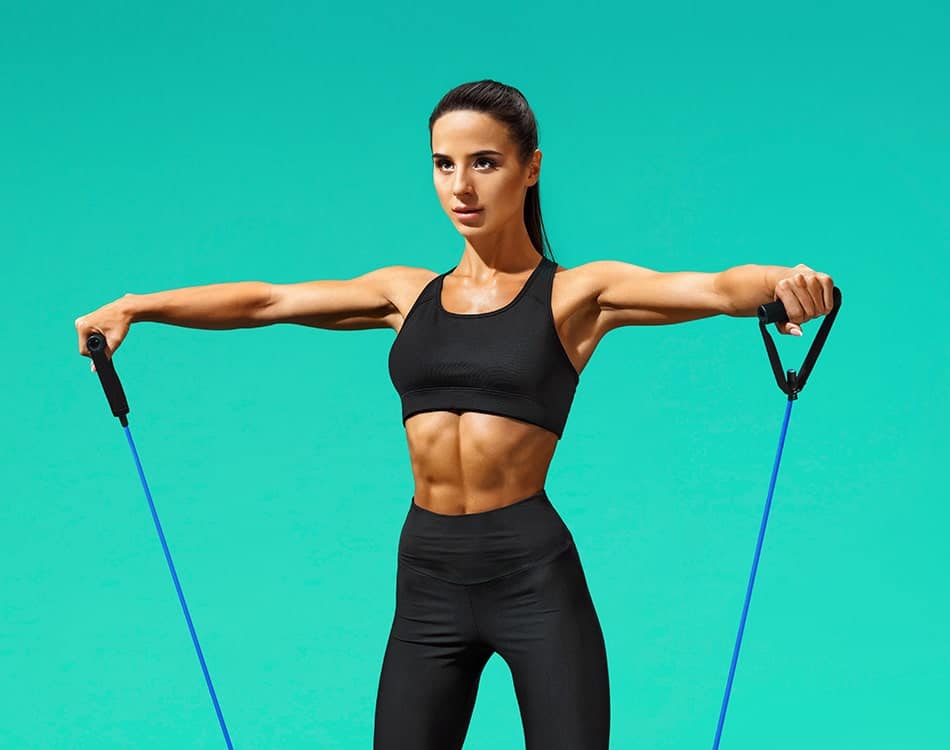A strong runner is an efficient runner. A strong runner is also a resilient athlete who is less at risk from injury
We need to build our strength because many of us are functionally weak due to a more sedentary lifestyle and the many hours we spend sitting each day. This has resulted in poor mobility and flexibility, weak cores and glutes, and shortened hip flexors, ,u>which are all essential for optimal, efficient running.
Unfortunately, most runners don’t do enough strength training to become strong, resilient athletes.
And when ‘weak’ runners try to run farther or faster, or both, they open themselves up to a host of potential issues, like niggles or even serious injuries like muscles tears, ligament strains or tendinitis.
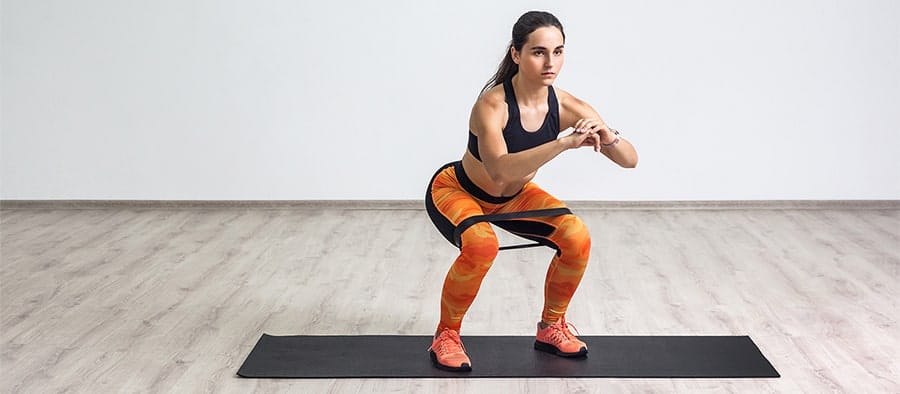
Despite the risks, many runners don’t include any form of cross training in their repertoires, at least not until they get injured. That’s why it pays to supplement your running with various specific resistance-based exercises to reduce your injury risk, while at the same time helping to make you a stronger, better runner.
Before you start
Visit a physio or biokineticist for an assessment to determine if there are any underlying biomechanical issues or weaknesses that may be made worse with exercise. Ensure you have adequate flexibility and mobility to perform these exercises through a full range of motion.
*Make sure you can perform each movement with perfect form before adding resistance.
The workout
- Single-leg suspended lunge – 3 sets x 15 reps per leg
- Single-leg Romanian deadlift – 3 sets x 10 reps per leg
- Banded squat with side lift – 3 sets x 15 reps per leg
- Lying band kicks – 3 sets x 15 reps per leg
- Suspended crunches – 3 sets x 15 reps
- Banded glute bridge – 3 sets x 60 seconds

Suspended crunches
DOING THE MOVE: Place your feet in the foot cradles and drop down into an extended plank position. Drive your knees in towards your chest while lifting your hips. Return to the starting position and repeat for the required reps.
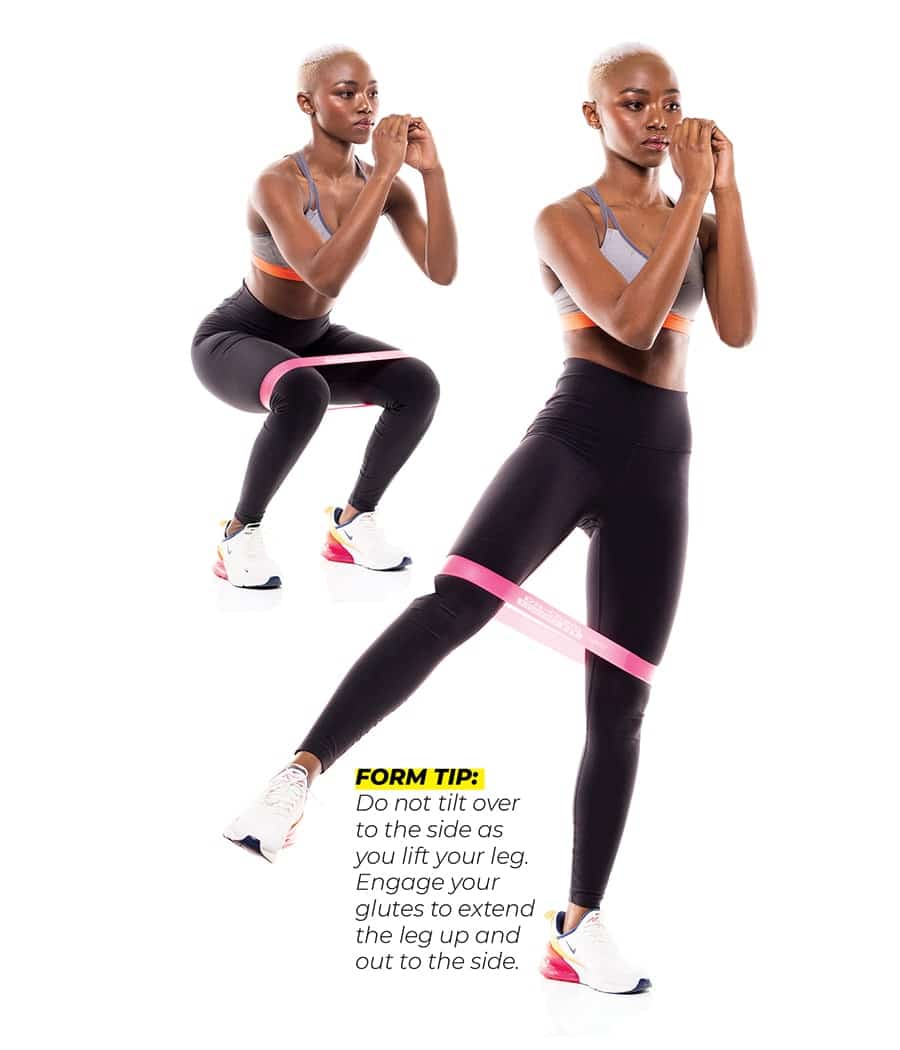
Squat with side lift
DOING THE MOVE: Position a mini band just above your knees around your thighs. Stand with your feet hip-width apart. Bend your knees and push your hips back to drop into a squat. Return to the upright position and lift your right leg out to the right side, keeping your leg straight. Return your lifted foot to the floor. Perform another squat, then lift your left leg to the side once upright. Continue in an alternating fashion for the required reps.

Single-leg Romanian deadlift
DOING THE MOVE: Place a mini band underneath your left foot. Hold the band in your opposite hand. Perform a single-leg Romanian deadlift, making sure to keep your hips square and constant tension on your hamstring. Engage the glute and hamstring of your supporting leg to return to the upright position. Repeat for the required reps on one side before swapping legs.
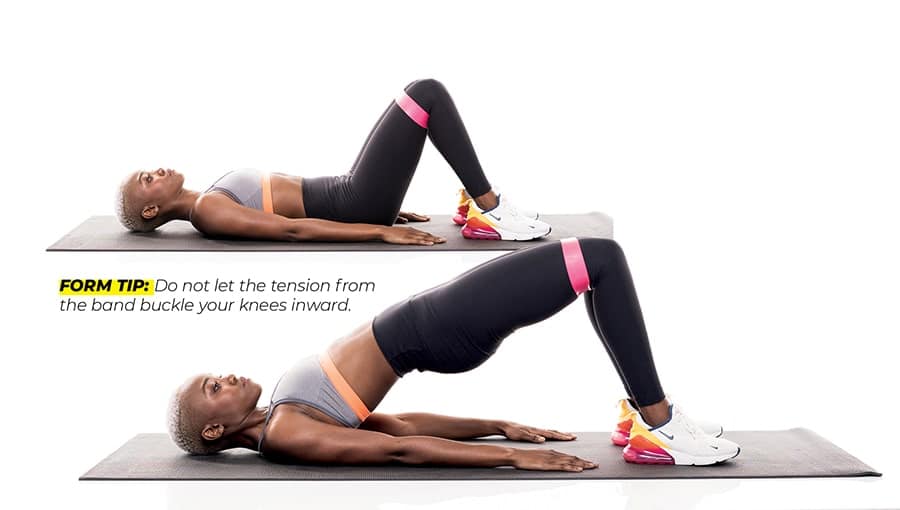
Banded glute bridge
DOING THE MOVE: Lie on your back with your knees bent at 45 degrees, with the mini band around your knees, and your feet positioned hip-width apart on the floor. Extend your hips off the floor until your knees, hips and neck align. Hold this position for the required count.
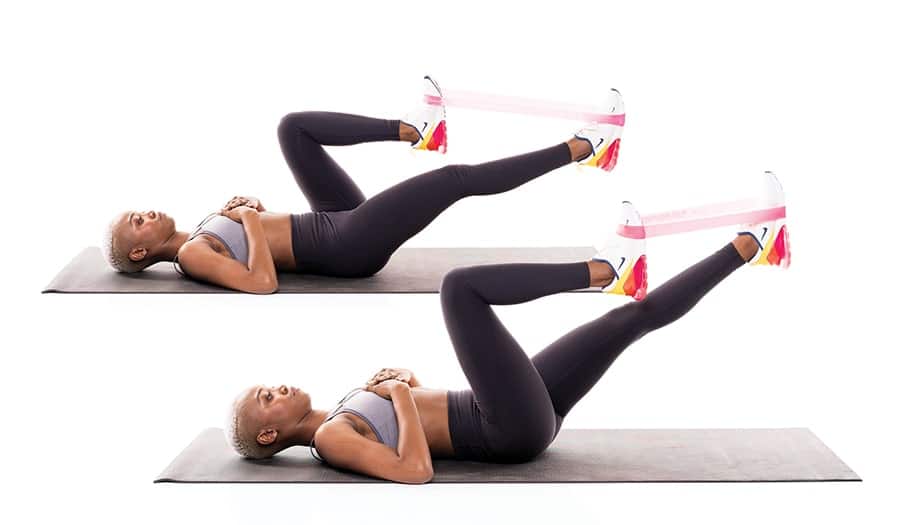
Lying band kicks
DOING THE MOVE: Lie on your back with your legs lifted off the floor at 90 degrees and the band around your feet. Kick one leg out into a fully extended position. Return the band to the starting position under control. Alternate this motion for the required reps.

